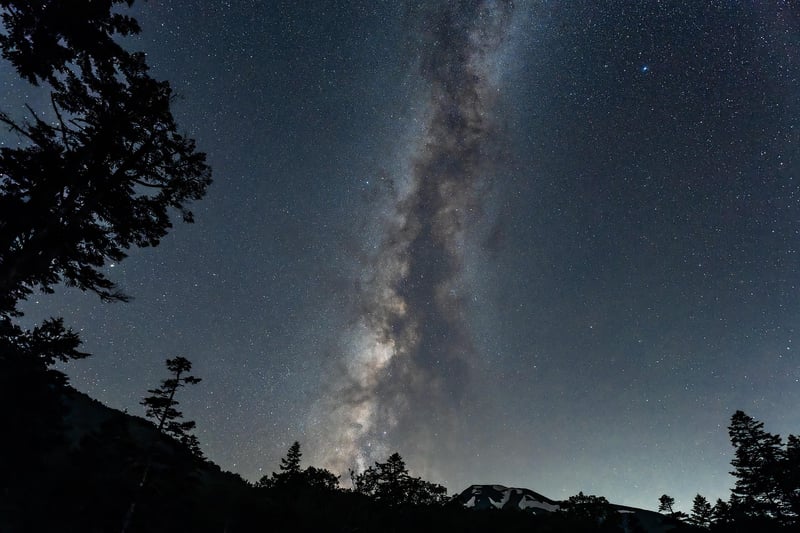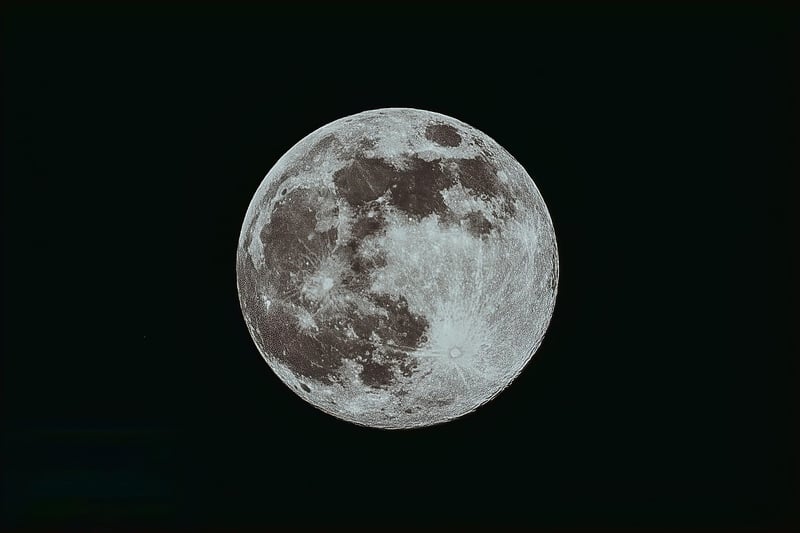Galactic Mapping
Unveiling the Mysteries of Galactic Mapping
Welcome to the cosmic realm of galactic mapping, where the vast expanse of the universe unfolds before us in all its splendor. As we delve into the mysteries of space, we are presented with a tapestry of stars, galaxies, and celestial phenomena waiting to be discovered and mapped.
The Beauty of Galactic Mapping
Galactic mapping is not just about plotting stars on a chart; it is an intricate art that involves understanding the structure and composition of the universe. By creating detailed maps of galaxies, star clusters, and nebulae, astronomers can unravel the secrets of the cosmos and gain insights into its evolution.
Tools of the Trade
To navigate the cosmic ocean, astronomers rely on advanced telescopes, satellites, and computer simulations. These tools help them observe distant galaxies, measure their positions, and create accurate maps of the universe.
Mapping the Milky Way
Our home galaxy, the Milky Way, is a vast spiral of stars, dust, and gas. Mapping its intricate structure is a challenging task that requires precise measurements and sophisticated algorithms. By studying the Milky Way's spiral arms, star clusters, and supermassive black hole at its center, astronomers can piece together a comprehensive map of our galaxy.
Exploring the Universe
Galactic mapping extends beyond our Milky Way to distant galaxies and cosmic structures. Astronomers use telescopes like the Hubble Space Telescope to capture breathtaking images of galaxies millions of light-years away. By analyzing these images and mapping the distribution of galaxies in the universe, scientists can uncover the mysteries of dark matter, dark energy, and the cosmic web.
Conclusion
As we peer into the depths of space, galactic mapping continues to be a vital tool in our quest to understand the universe. By mapping the cosmos, astronomers can unravel its mysteries, chart its evolution, and inspire future generations to explore the wonders of the universe.

Image Source: Pixabay
